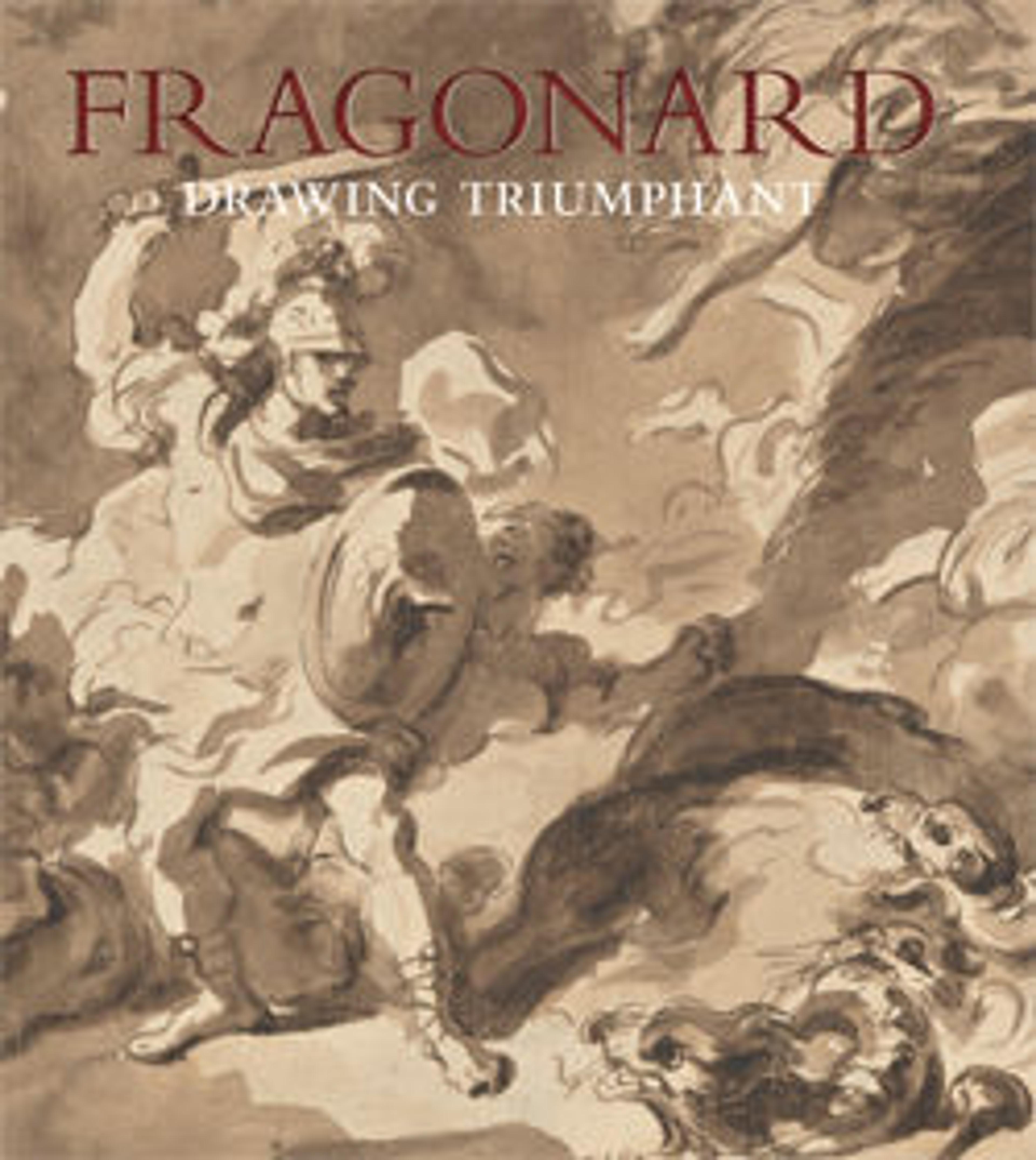The Satyr's Family
Few painters in eighteenth-century France were formally trained in printmaking and, for the most part, they left the engraving of their work to professionals. Around 1763–64, Fragonard tried his hand at etching, ultimately producing a small oeuvre of under thirty prints, of which the four Bacchanals are among the most admired. His facility with the etching needle, which he treated as a drawing instrument, is breathtaking. Loosely inspired by antique motifs, the Bacchanals depict playful scenes of satyrs and nymphs in the form of reliefs set in shallow landscapes, framed by the fecundity of nature. In this whimsical scene, a satyr and nymph kneel facing one another, each holding a child resembling the other, perhaps a pair of fraternal twins.
Artwork Details
- Title:The Satyr's Family
- Series/Portfolio:Les Bacchanales
- Artist:Jean Honoré Fragonard (French, Grasse 1732–1806 Paris)
- Date:1763
- Medium:Etching
- Dimensions:Sheet: 9 1/4 in. × 12 in. (23.5 × 30.5 cm)
Plate: 5 11/16 × 8 3/8 in. (14.4 × 21.3 cm)
Image: 5 1/4 in. × 8 in. (13.3 × 20.3 cm) - Classification:Prints
- Credit Line:The Elisha Whittelsey Collection, The Elisha Whittelsey Fund, 1996
- Object Number:1996.328.2
- Curatorial Department: Drawings and Prints
More Artwork
Research Resources
The Met provides unparalleled resources for research and welcomes an international community of students and scholars. The Met's Open Access API is where creators and researchers can connect to the The Met collection. Open Access data and public domain images are available for unrestricted commercial and noncommercial use without permission or fee.
To request images under copyright and other restrictions, please use this Image Request form.
Feedback
We continue to research and examine historical and cultural context for objects in The Met collection. If you have comments or questions about this object record, please contact us using the form below. The Museum looks forward to receiving your comments.
